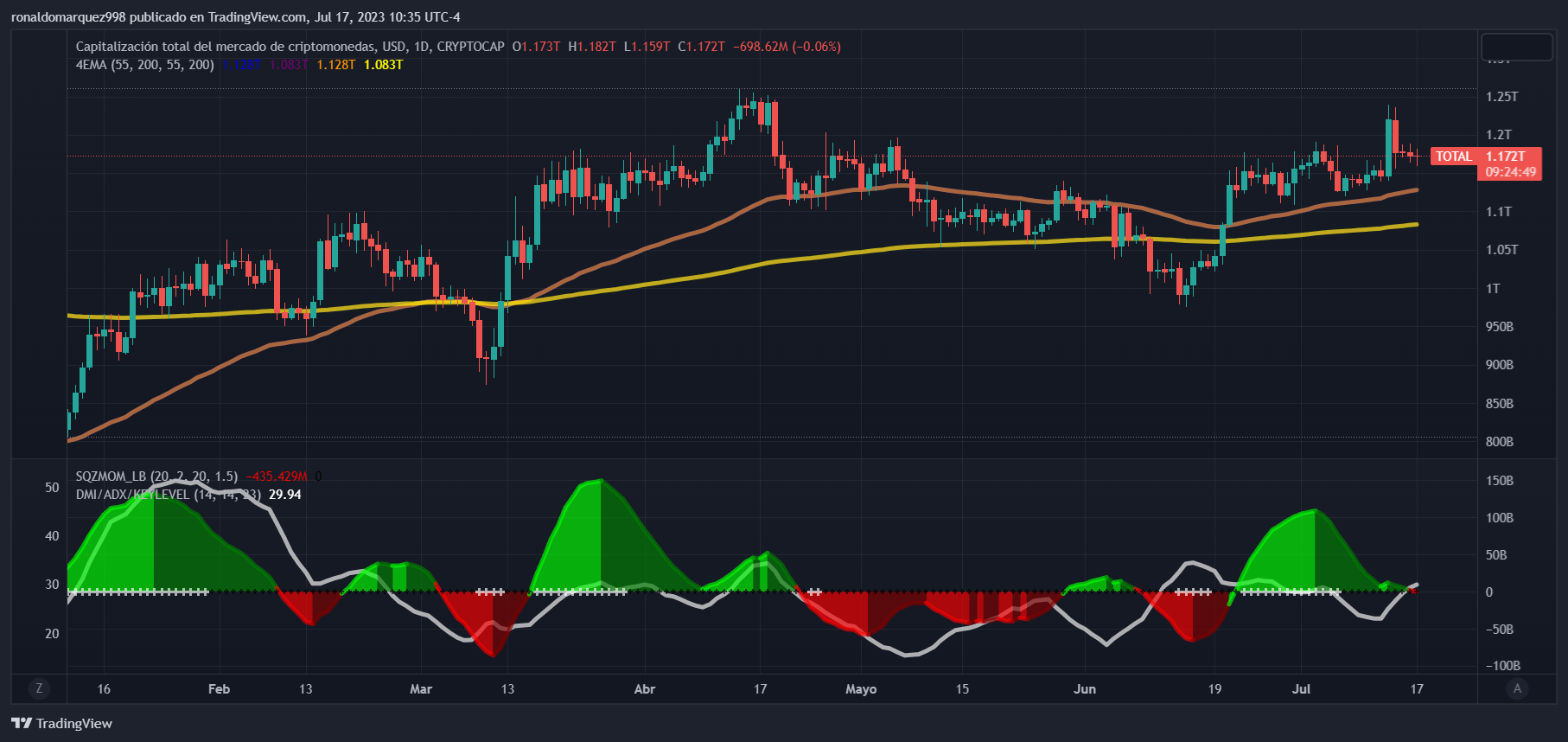zkSync, a blockchain network that aims to make digital self-ownership universally accessible, has announced a major cryptographic upgrade to its proof system.
The upgrade involves transitioning to a new STARK-based proof system called Boojum, which, according to the announcement, offers world-class proving performance and reduces hardware requirements for decentralization.
zkSync Era Moves To Boojum
Boojum is a Rust-based arithmetization and constraint library that implements the upgraded version of the ZK circuits for zkSync Era and the ZK Stack. The library offers several compelling properties, including PLONK-style arithmetization.
PLONK-style arithmetization refers to the use of PLONK (Permutation-based Linear-based SNARKs for transparent, universal, and upgradable proofs) as the underlying zero-knowledge proof system.
PLONK is a relatively new proof system that provides several advantages over previous systems, such as Sonic and Halo. Specifically, PLONK is designed to be more transparent, universal, and upgradeable, making it a good choice for zkSync’s upgraded proof system.
According to the announcement, the move to a STARK-based proof system represents a dramatic performance improvement and will help ensure low latency for finality and support for increased levels of activity on zkSync Era and other ZK Stack-based systems.
The GPU provers used for Boojum require just 16 GB (GygaByte) of RAM, a significant reduction from the hundreds of GBs of RAM needed by prevalent proof systems.
By reducing the amount of RAM required to run the GPU provers from hundreds of GBs to just 16 GB, zkSync will be able to use cheaper machines for increased horizontal scalability. This will likely have a positive impact on the cost of using zkSync.
This means that more people will be able to participate in the network and contribute to its decentralization, ultimately leading to a healthier and more robust network.
Furthermore, to ensure a smooth transition, zkSync is running the new proof system alongside the existing one in a testing phase called mainnet shadow mode.
The network is generating and verifying “shadow proofs” for Mainnet blocks to further test and optimize the system with real production data from zkSync Era’s user activity. This testing is being done off-chain to find edge cases and bugs, and to continue reviewing the implementation.
zkSync is also open-sourcing the Boojum codebase to allow anyone to use the new proofs and verify them using a command-line interface (CLI) tool.
The network is confident that Boojum and its commitment to innovation and user-first design are the next steps forward for a more secure, scalable, and efficient zkEVM.
However, according to the announcement, the migration to the new proof system will only happen after further audits and security reviews are completed.
Overall, the move to Boojum is a significant step towards a future of user-powered, decentralized proof generation. The increased performance and reduced hardware requirements will help zkSync and other ZK Stack-based systems achieve greater scalability and accessibility, making digital self-ownership more accessible to everyone.

Featured image from Unsplash, chart from TradingView.com
 newsbtc.com
newsbtc.com
